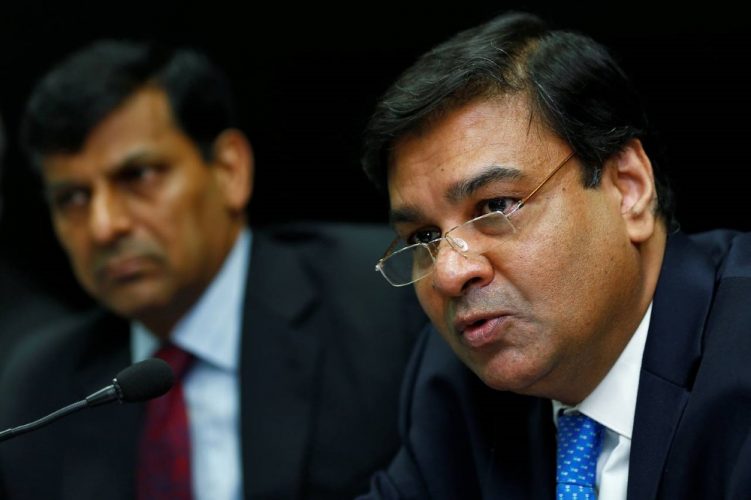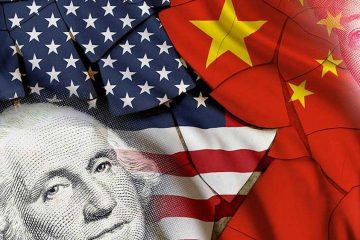India : New RBI chief’s policies to broadly echo Rajan’s

MUMBAI : Indian monetary policy is likely to stay broadly unchanged when Urjit Patel takes over as Reserve Bank of India governor, according to a Reuters poll, but his approach to cleaning up public banks’ bad debts could be less stringent.
Currently a deputy governor in charge of monetary policy, Patel will become RBI governor once Raghuram Rajan steps down on Sept 4.
His appointment by the government was widely viewed as a move to ensure continuity, and all but one of the 30 economists polled August between 23-29 said they expected Patel to broadly tread the same path as Rajan, basing interest rate decisions on the same criteria.
“Urjit Patel and Raghuram Rajan share the same school of thought and they have co-signed the circulars that recommended inflation targeting,” said Hemanth Raj Reddy, analyst at Cholamandalam Investment & Finance Co Ltd, a brokerage firm in Mumbai.
“Following his past decision making methodologies which were very data driven and methodical, all of which are analogous to Rajan’s; this reinforces our belief that there would be no change in the RBI’s prerequisites for a rate cut.”
Patel, afterall, led a panel that recommended landmark changes to monetary policy, including a switch to inflation-targeting and the creation of a committee to set interest rates.
Whereas Rajan ultimately took sole responsibility for decisions to change interest rates, Patel is expected to head a Monetary Policy Committee (MPC) that will make those calls.
“The effectiveness of the new governor in forging consensus within the Monetary Policy Committee will be crucial,” said Abhishek Upadhyay, economist at ICICI Securities, a primary dealer in Mumbai that transacts with the RBI.
“A sharply divided MPC could undermine central bank credibility.”
During his three-year term, Rajan focused on taming inflation, which has historically remained high due to weak farm supply chains, erratic rains and unrelenting demand from the country’s vast population.
As inflation began cooling due to falling global oil prices, Rajan slashed lending rates by a cumulative 150 basis points since January 2015. [nL4N19E1OH]
But with annual consumer inflation running at 6.07 percent in July – well above the RBI’s March 2017 target of 5 percent – the room for further rate cuts is limited, although economists earlier this month said one was likely between October-December.
A large majority of respondents in the latest survey said the RBI is unlikely to change its medium-term inflation goal.
In response to an extra question, economists picked a clean-up drive of government-controlled banks’ balance sheets, as the top area where Patel is likely to take a different approach.
“While he will pursue with the balance sheet clean up, he will also ensure that banks don’t become completely risk averse, thanks to his prior experience as a lender to the infrastructure sector,” Rupa Rege Nitsure, economist at Larsen & Turbo, said.
Rajan had set an ambitious March 2017 deadline to fully make provisions for the $ 120 billion of sour loans Indian banks are plagued with.
Patel is taking over at the RBI at a time when India is the world’s fastest growing major economy, inflation is relatively steady and the rupee exchange rate is stable. In contrast, Rajan took office in the midst of a currency crisis, with inflation running at double-digit levels and the economy suffering from weak growth.
A separate Reuters poll on Monday showed the economy likely grew 7.6 percent in the April-June quarter compared to a year ago, slower than the 7.9 percent of the previous three months.
Seventeen out of the 29 economists polled expected Patel to have a neutral impact on the economy over the coming year.
Eleven expected him to have a positive effect, and one expected him to have a negative effect.

